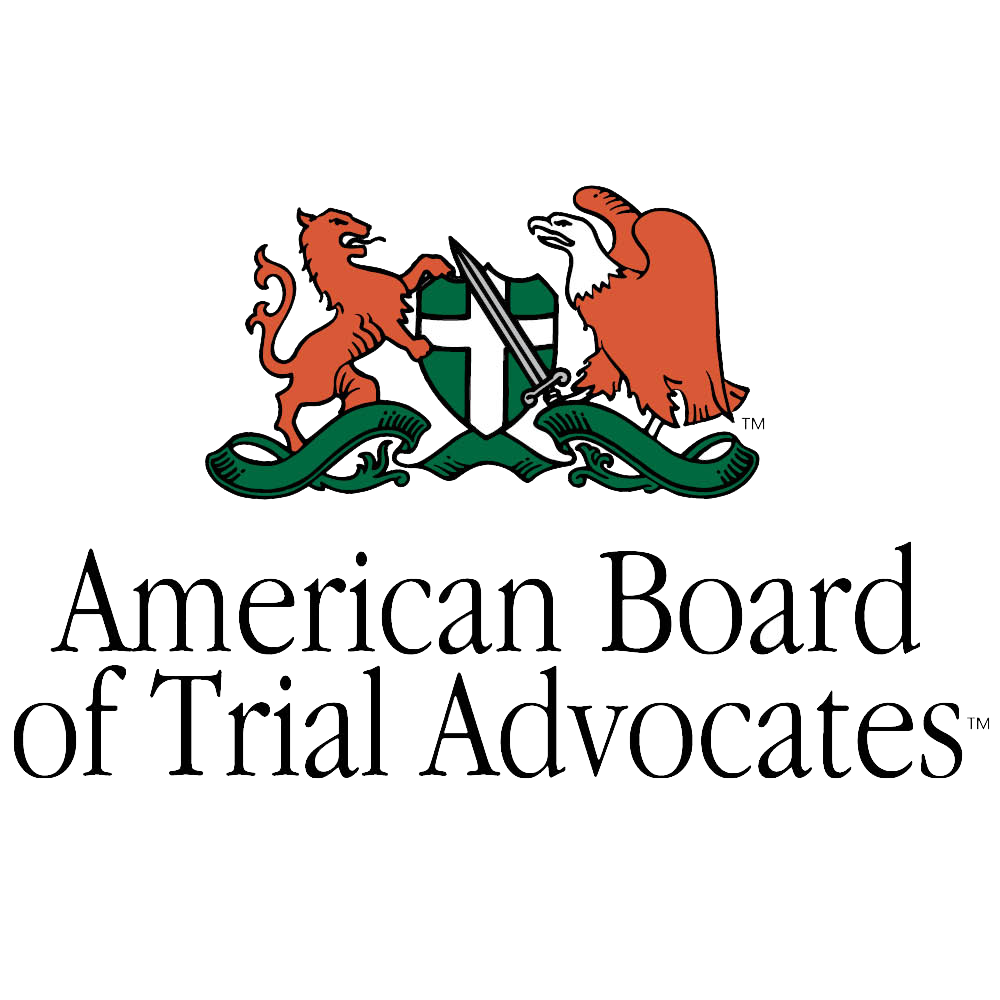Navigating the Challenges of the Sandwich Generation
I’ve used my last few newsletter articles as an opportunity to address the common challenges I’ve faced as a member of the “Sandwich Generation”, which is defined as those of us who are simultaneously caring for our minor children and our aging parents.
My last article generally discussed the prospect of having to place your parent into some level of assisted care, and the different levels of care that are available. Figuring out which level of care is appropriate is hard enough, but if you are like me, you probably find yourself asking even tougher questions: How do I pay for this care, and how do I choose the right facility?
In this, my last article on the subject, I hope to help you find some answers. How to pay for assisted living or nursing care If you are not one of the lucky few whose parents have already purchased long term care insurance, one of the first considerations will be how to pay. Under limited conditions, Medicare may pay for short-term care up to 100 days with a copay. However, Medicare does not generally pay for long-term assisted-living facilities, or for independent living.
Further complicating the matter, health insurance rarely covers these costs. Your parent’s health insurance may provide some benefit for skilled nursing care; however, it varies by plan and carrier. You would have to call the insurer and do a little digging to get an answer, and it may or may not be worth your effort. Aside from paying cash out of pocket, there may be another option besides Medicare or health insurance.
Some very sharp Elder Law attorneys I know will sometimes employ a strategy called a “Medicaid Asset Protection Trust”. Under Florida law, this irrevocable trust allows your parent to divest themselves of their assets, but still collect income generated from the trust assets. The real benefit, however, is that your parent would then become eligible for Medicaid, and therefore long-term care benefits.
These legal advisers may also have some other options for protecting certain assets and other resources, while still qualifying for Medicaid. Help from these advisors is not especially expensive, so it may pay in the long-run to talk to one. If you’d like a referral to someone I trust, give my office a call, and someone will be happy to assist you.
Signs to look for as you tour facilities
Inevitably you will be taking tours of various facilities as you plan for mom or dad’s long-term care. Many readers are familiar with my experience as a nursing home abuse lawyer, so it should come as no surprise that I’ve “seen it all” in this industry. As a result, I was very careful in choosing the facility for my dad. We did it by looking for good (and bad) signs as we toured the facilities. Here they are:
Signs of a good facility
- Plenty of visible staff attending to the patients and a good staff-to-patient ratio.
- Seeing a robust schedule of activities available, prominently and proudly displayed, for residents.
- Staff who speak English, to appropriately and effectively communicate with residents.
- The availability of inspection ratings, administered by the Agency for Health Care Administration, which can also be found online at FloridaHealthFinder.gov.
- Obvious safety and security precautions in place to prevent wandering (case workers should be able to clearly demonstrate that they understand these completely).
Warning signs of a bad facility
- Witnessing a resident unattended to, wandering or lingering in the hallways or in other unnatural or unsupervised areas.
- Foul odors, which are usually the sign of poor hygiene of the residents.
- Dirty floors, unorganized care worker areas, or the general “scatter” of medical supplies or equipment throughout rooms or in hallways.
- Unattended trays of food in rooms, especially if outside of normal breakfast, lunch or dinner hours.
- Unlocked or propped-open doors.
The presence of any of these “signs” are by no means conclusive evidence that the facility is good, or bad. However, taken together, along with your ability to reason and “gut-check” what you see when you tour a facility, these signs should paint a picture of how well the facility is run.
I hope my advice helps make it easier for you to overcome the challenges of being a member of the Sandwich Generation, and helps you find the best possible care at the right price for you and your loved ones. Best of luck in your search.
-Craig Goldenfarb, Esq.



